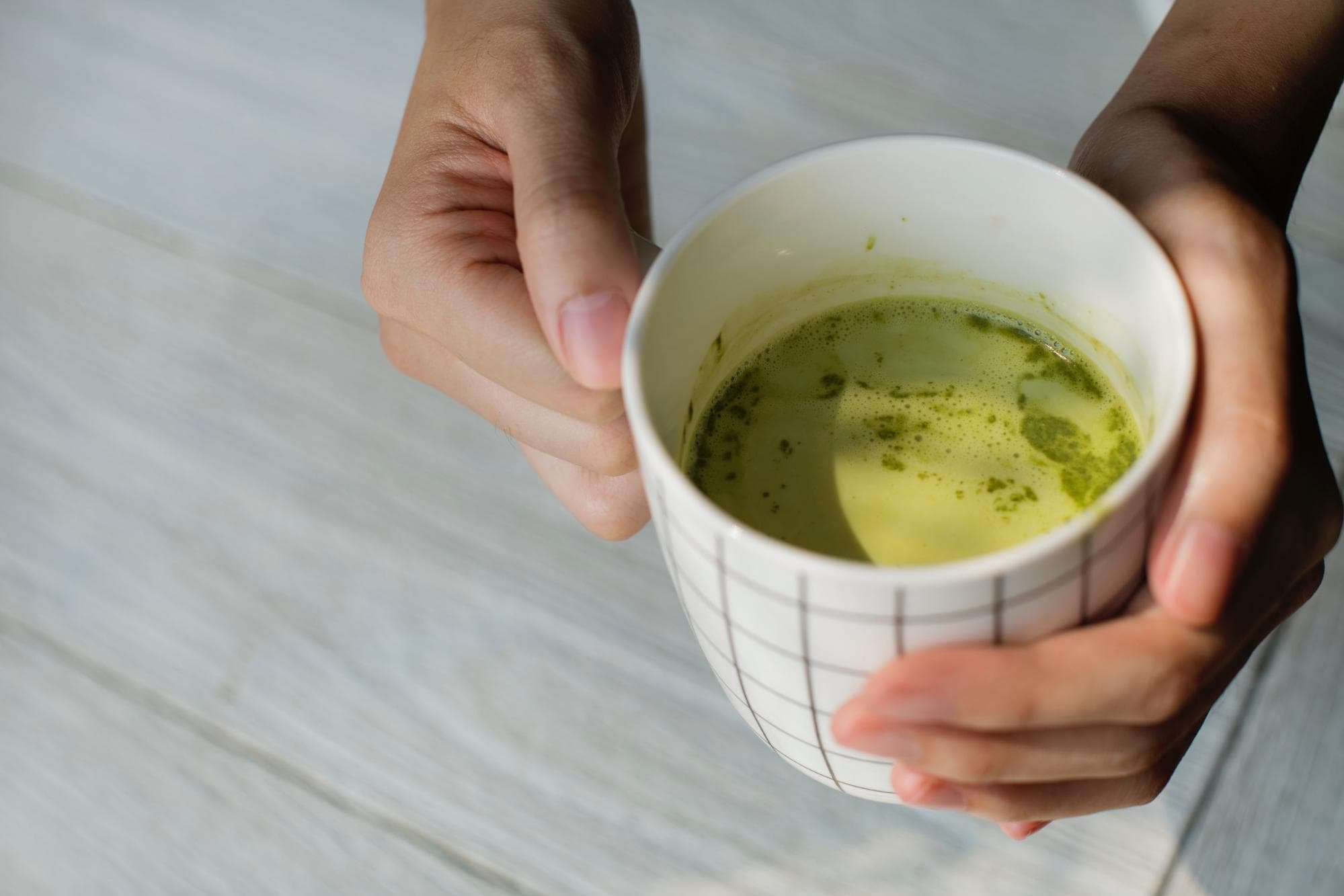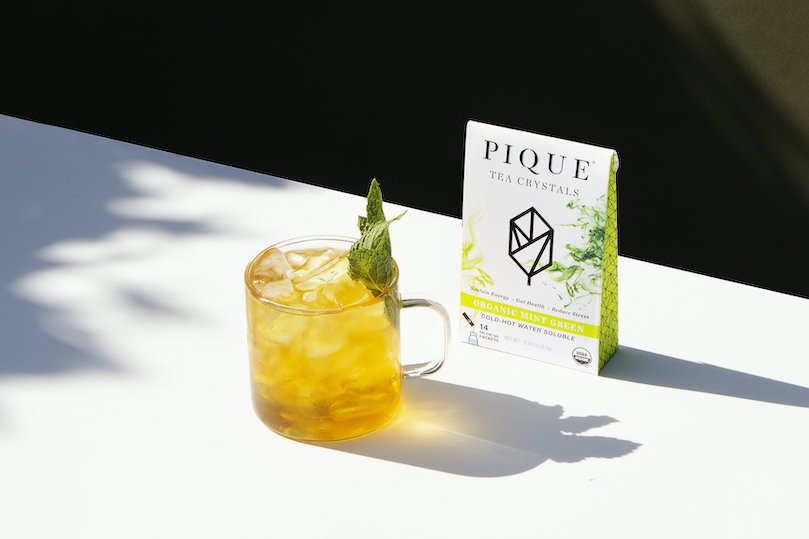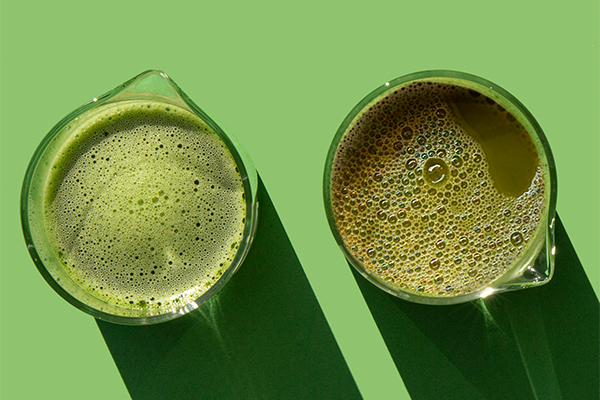You’ve probably heard that drinking tea is good for you. But why? What is it about green tea that makes it one of the healthiest brews around? Not to mention the fact that it’s been used for thousands of years in traditional herbalism practices, like Traditional Chinese Medicine (TCM).
Before we get into more detail about the amazing health benefits of green tea, let’s learn more about this special brew.
Fun Facts About Green Tea
- There are over a thousand varieties of green tea
- You should never brew green tea with boiling water
- Green tea is the oldest known herbal brew
- Spring may be the best season to sip green tea due to its cooling effect on the body
- Chinese teas are said to have a more “earthy” taste than Japanese teas. It has to do with how they are processed after harvest.
Keep reading to learn more about these fun facts!
What is Green Tea?
While coffee tends to dominate in the United States as the go-to morning brew, green tea is one of the most popular drinks in the world— especially throughout Asia!
It also might be the oldest herbal brew in existence. Legend has it that green tea was first discovered in 2737 BC by Chinese Emperor Shennong who mistakenly drank water that had a dead tea leaf boiled in it.
All types of tea— green tea, black tea, oolong tea, white tea— actually come from the same plant: Camellia Sinensis. This doesn’t include herbal teas which can be made from a variety of herbs, roots, flowers, etc.
So, if they are the same plant, what makes green tea different from black tea? Because they clearly look and taste different once they are in your cup!
One thing, really: oxidation.
Black tea leaves go through an oxidation process after they are harvested from the Camellia Sinensis plant, while green tea leaves are dried immediately after picking. Green tea is almost completely unoxidized which is why the leaves retain their green color.
5 Types of Green Tea
Did you know there are over a thousand varieties of green tea?! It’s true. They differ based on where they grow, when the leaves are picked, and how they are processed.
Most green teas are from China and Japan. The main difference between Chinese and Japanese green teas is that Chinese green teas are traditionally pan-fired after harvesting, compared to the Japanese steaming process. This is what gives Chinese teas their “earthiness.”
Here are 5 of the most popular types of green tea:
1. Sencha
Sencha is the most common Japanese green tea. It comes from leaves which are grown in direct sunlight.
Sencha is only made from tea leaves of the first harvest, which are the highest quality. Plus, the leaves are picked before the plants expend too much energy or minerals on photosynthesis, so the harvested leaves actually retain a higher Vitamin C content.
2. Gyokuro
Gyokuro green tea is similar to sencha, except the leaves are hidden from sunlight three weeks prior to harvesting. This technique, called shading, is meant to give the tea a stronger and sweeter taste than sencha. It also prompts the leaves to produce an amino acid (l-theanine) which produces a cup of tea with higher amounts of chlorophyll and caffeine.
3. Matcha
Like gyokuro, matcha green tea is shaded before it is harvested. The leaves are then steamed and ground up into a fine powder. This is why you’ll never see matcha sold in tea bags— unlike other teas, you don’t steep matcha leaves, but rather drink the whole leaves in powdered form.
This popular Japanese green tea contains the highest caffeine content of any green tea (though still less caffeine than coffee) but is also the highest in l-theanine, which promotes calm, focused energy. Matcha tea drinkers swear by the zen, jitter-free energy boost!
4. Longjing
Also called Dragonwell, Longjing green tea is the most famous premium green tea from China. As its name suggests, it originates from Longjing Village in Hangzhou, Zhejiang Province.
This hand-produced tea is revered for its mellow, sweet, nutty flavor with vegetal undertones. It was actually awarded the status of “imperial tea” during the Qing Dynasty. Legend has it, the Quianling emperor was presented with a cup during a visit to the region and was so impressed with the flavor that he granted the bushes special imperial status.
5. Gunpowder
Gunpowder green tea is a unique type of rolled green tea. After harvest, each tea leaf is rolled into a small pellet which prevents damage to the leaves during transport and helps them retain their character and flavor longer.
Also known as “pearl tea,” this popular Chinese green tea gets its name from its resemblance to grains of gunpowder. Gunpowder tea is bold with a slightly smoky flavor.
Benefits of Drinking Green Tea
So what makes green tea such a must-have superfood in your healthy diet? Turns out, consumption of green tea helps with a whole spectrum of wellness.
1. May Support Brain Health
Oxidative stress caused by free radicals can be harmful to brain cells. It turns out, drinking green tea may help defend brain cells against free radicals and oxidative stress.
See, green tea is especially high in catechin flavonoids— a type of polyphenol antioxidant. The protective effects of green tea antioxidants may be particularly beneficial in supporting healthy brain function and memory. (1)(2)
2. May Support Healthy Weight Management
The polyphenols in green tea, including green tea catechins and epigallocatechin gallates (EGCG) seem to be superheroes in almost every area of our health. Weight and metabolism are no exception!
Green tea polyphenols may help enhance energy expenditure, support a healthy inflammation response, and support healthy triglyceride levels. (3) Green tea has also been shown to support healthy blood sugar levels. (4)
Drinking green tea may be one of the simplest ways to support weight management.

3. May Support Cardiovascular Health
Drink your tea to help your heart! The powerful antioxidants found in green tea, especially EGCG, may support cardiovascular health and help you maintain a healthy heart.
A study involving over 40,000 adults found that green tea drinkers who consumed five or more cups of green tea every day supported their overall heart health. (5)
A meta-analysis found that green tea may also support healthy cholesterol levels and healthy blood pressure levels. (6)
4. May Support Bone and Joint Health
Drink tea for healthy bones? According to one study, green tea catechins may stimulate an enzyme that supports healthy bone growth. (7) This is especially good news for women, who tend to experience a decrease in bone mineralization as they age.
Other research indicates that green tea may help support a healthy anti-inflammatory response and promote overall joint health. (8)
5. May Support Eye Health
Interested in preserving your eyesight? Green tea catechins have also been linked to supporting vision and protecting eyes against oxidative damage.
The way it works is actually pretty cool: when you drink green tea, the catechins are able to pass from your digestive tract to your eye tissues, where they can help protect against free radicals and oxidative stress! (9)
6. May Support Satiety
Trying to manage weight or practice intermittent fasting, but you struggle with cravings?? Green tea to the rescue! And no, not merely because it’s something to fill your belly.
Green tea catechins have been shown to support healthy ghrelin levels. (10) Ghrelin is a hormone (sometimes called the “hunger hormone”). It is the primary culprit of those annoying hunger pangs.
For many of us, lifestyle, environmental and biological stressors can lead to a hormone imbalance that will actually set off hunger pangs that have nothing to do with a true need to eat. Drinking green tea may help enhance satiety to manage those cravings.
7. May Support Oral Health
Want to spend less time in the dentist’s chair? Green tea might be the ticket! Studies show the health-promoting catechins in green tea might support dental health, too. (11)
Bonus! Drinking green tea might also promote fresh breath! (12)
How to Get the Health Benefits of Green Tea
Green tea is available in many forms, making it easy to get all the health effects of daily green tea consumption. These include:
- Individual tea bags
- Loose-leaf green tea
- Dissolvable Tea Crystals
- Bottled green tea*
- Green tea supplements (sold as capsules or liquid green tea extract)
*Bottled green teas are usually sweetened with sugar or artificial sweeteners and may not contain as many health-promoting polyphenol antioxidants as a freshly brewed cup of tea. (14)
Side Effects of Green Tea
Drinking green tea in moderation is generally safe for most people. Green tea does contain caffeine, so people who are particularly sensitive to caffeine should be mindful of how they feel and adjunct their consumption accordingly. Side effects are uncommon and usually associated with concentrated green tea supplements or excess consumption of green tea.
Final Thoughts
You might hear green tea referred to as “the healthiest beverage on the planet.” Given all of the above, it’s easy to see why! With such a tremendous amount of health-enhancing antioxidants and nutrients, a daily cup of green tea (or two or three!) could be the perfect natural way to boost whatever area of wellness you seek to improve.






